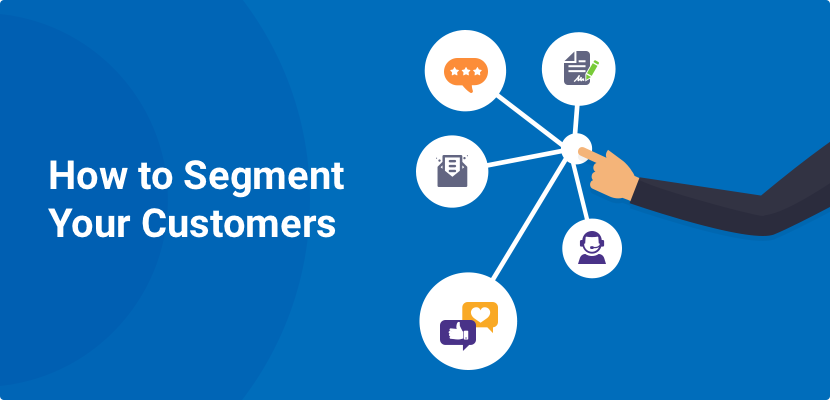Customer Segmentation
Customer segmentation is a critical component of marketing that helps businesses understand their customers better and tailor their marketing strategies to their specific needs. One popular technique for customer segmentation is k-means clustering, which groups customers based on their similarities in various attributes. In this article, we’ll discuss how you can use k-means clustering to segment your customers and extract valuable insights from your data.

Step 1: Gather and Prepare Your Data The first step in customer segmentation using k-means clustering is to gather your data. This includes all relevant customer information, such as demographic data, purchase history, and behavioral data. Once you have your data, you’ll need to clean and prepare it for clustering. This may involve normalizing your data, removing outliers, and transforming your data into a form that can be used in k-means clustering.
Step 2: Determine the Number of Clusters The next step is to determine the optimal number of clusters for your data. This can be done using various methods, such as the elbow method or the silhouette method. The elbow method involves plotting the sum of squared distances between data points and their assigned cluster center for various cluster numbers. The optimal number of clusters is where the plot starts to level off, forming an “elbow.” The silhouette method, on the other hand, measures how well each data point fits into its assigned cluster and provides a score between -1 and 1. The optimal number of clusters is where the silhouette score is the highest.
Step 3: Run K-means Clustering Once you have determined the optimal number of clusters, you can run k-means clustering on your data. K-means clustering works by assigning each data point to the nearest cluster center and then updating the cluster centers based on the new assignments. This process is repeated until the cluster centers no longer move significantly.
Step 4: Interpret the Results After running k-means clustering, you will have a set of customer segments based on the attributes you used in the clustering. You can then analyze these segments to extract valuable insights about your customers. For example, you may find that one segment has a high average purchase value, while another segment has a high purchase frequency. This information can be used to tailor your marketing strategies to each segment.
Step 5: Refine and Iterate Customer segmentation is an ongoing process, and you may need to refine and iterate your clusters over time. As your business evolves, your customer segments may change, and you may need to adjust your clustering approach to reflect these changes. It’s important to continue to gather data, refine your clustering approach, and use your customer segments to inform your marketing strategies.
Basic implementation of customer segmentation using k-means clustering in Python
In this example, customer_data.csv is a file containing the customer data with three features: feature1, feature2, and feature3. We extract these features and perform k-means clustering with 5 clusters. We then add the cluster labels to the original dataframe and visualize the clusters using a scatter plot of feature1 and feature2, with each point colored according to its assigned cluster.
# Import necessary libraries
import pandas as pd
from sklearn.cluster import KMeans
import matplotlib.pyplot as plt
# Load customer data
df = pd.read_csv('customer_data.csv')
# Extract relevant features for clustering
X = df[['feature1', 'feature2', 'feature3']]
# Perform k-means clustering with 5 clusters
kmeans = KMeans(n_clusters=5, random_state=0).fit(X)
# Add cluster labels to the original dataframe
df['cluster'] = kmeans.labels_
# Visualize the clusters
plt.scatter(X.iloc[:, 0], X.iloc[:, 1], c=kmeans.labels_, cmap='rainbow')
plt.xlabel('Feature 1')
plt.ylabel('Feature 2')
plt.show()
In conclusion, k-means clustering is a powerful tool for customer segmentation that can help you extract valuable insights from your data. By following the steps outlined above, you can use k-means clustering to group your customers into meaningful segments and tailor your marketing strategies to their specific needs.
Comments welcome!